| HOSTED BY |
A History of Art Forgery
All of the Old Masters, (and many modern ones) copied works of the artists they admired at some time in their lives; whether for purposes of study, or to fulfill the public demand for popular subjects. For centuries prior to the Renaissance, copying other artists' works was viewed as a tribute to the Master who created the original. Imitation of style and technique was considered to be a requisite part of an art student's education. Even subject matter was almost religiously duplicated in an effort to attain proficiency. |
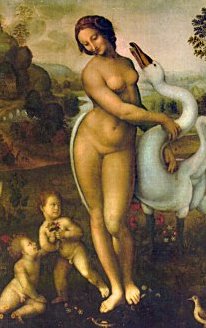 |
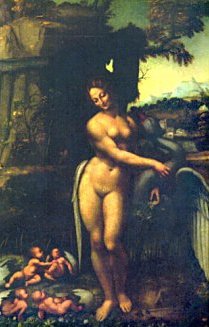 |
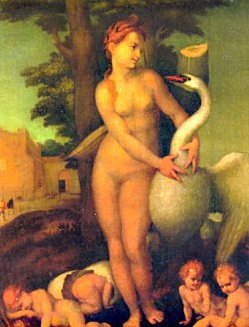 |
ABOVE LEFT: Leonardo, Leda: Borghese Collection, Rome. A painting of Leda which the master must have executed for Giuliano de Medici during his stay in Rome (1513-15). The original is through to have been lost, and only copies are extant. ABOVE CENTER: Leonardo, Leda : Spiridon Collection, Rome: attributed by Venturi to the master. ABOVE RIGHT: D. Puglio, Leda and the Swan: Musee des Beaux-Arts, Brussels. One of the many imitations of the famous Leonardo subjects. Arnau, Frank. The Art of The Faker – 3,000 years of Deception. Boston, Little Brown & Company, 1959. LCC 61-5317 |
| Prior to the 20th century, a lifetime
of study of the brushwork, color and other detail of perhaps
only one or a handful of artists was required if a person hoped
to be considered an expert on any particular artist. Only scholars
who had this accumulated knowledge were considered qualified
to judge a work's authorship or authenticity. With the huge number of artists today considered to be noteworthy, there are very few qualified individuals who, by simple examination, can determine with certainty if any given work of art is authentic. The 20th century brought forth a literal epidemic of art forgery, particularly of works by the Impressionists and artists of the other non-representational schools, who were inconsistent in their styles, use of media and subject matter. Some artistic irregularities are evident even in the work of the Masters, but experts who have studied the disciplines of composition, perspective and other details of representational and figurative art are sensitive to egregious errors that could not possibly be committed by any but the most inept forgers. Somehow, however, many of these primitive daubs have found their way into prestigious museums and pricate collections. |
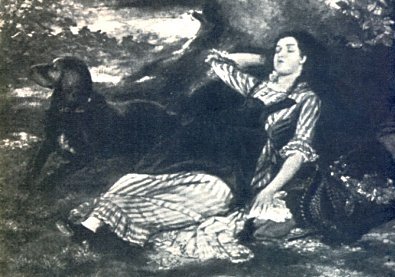 |
G. Courbet, Sleeping Girl with Setter: formerly in the Kunstmuseum, Basle. Forgery executed about 1870. Note the lack of proportion between the dog and the figure of the girl. Arnau, Frank. The Art of The Faker – 3,000 years of Deception. Boston, Little Brown & Company, 1959. LCCn: 61-5317 |
| Intro (1) (2) (3) (4) (5) (6) (7) (8) (9) (10) (11) (12) (13) (14) (15) (16) (17) (18) (19) (20) Look for updates to this exhibit every week. Also visit the companion to this exhibit: FABULOUS FAKES |
| Special thanks to people without whom this exhibition would not have been possible: Thea Eichler, NRCA; Billie Tucker, New Rochelle Library; Ivar Hyden, Backstreet Gallery and all the contributing artists. |
| Additional information about the availability of Fabulous Fakes, the History of Art Forgery or any of the works in the exhibition may be obtained by contacting The New Rochelle Council on The Arts by email or by calling 212-529-2025. More information on the NRCA can be found by connecting to the internet and clicking here. |
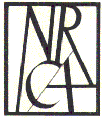 Fabulous Fakes and A History of Art Forgery © J. L. Dolice, 2001, 2003.
|
| All images in this presentation may not be copied, stored in any electronic retrieval device or used in any way without permission in writing. ISBN 0-935901-51-5. |
| Art Forgery | Art Haus |